
Fixing things feels good. There’s something great about bringing a broken item back to life – whether it’s a wobbly chair or a phone with a cracked screen. Repairs also keep money in your pocket and out of landfill.
But in modern times, it’s not always the case (as in the times of your dad and granddad), that men (or women) know how to fix almost anything! But it’s a skill that can be learned, even if it doesn’t come naturally to you.
Obviously get professionals in for safety issues (gas registered engineers, electrics, plumbing etc). But for everyday fixes and repairs, it’s good to either learn to fix things. Or if you’re a natural fixer, you could volunteer at a repair café.
Save Money on Repairs and Replacements
When you patch a jumper, glue a broken dish, or replace a battery yourself, you skip pricey repair shops and the need to buy new. Even small fixes, done at home, add up to real savings. Over time, these savings give you more freedom with your budget and boost your confidence to tackle other projects.
Reduce Waste and Help the Environment
Fixing your own things keeps items out of landfills. Fast fashion, broken gadgets, and worn-out furniture fill bins across England every day. By mending and reusing, you cut waste and the demand for new products. Your small act makes a real difference in lowering your household’s carbon footprint.
Build Useful Skills for Life
DIY repairs teach patience, attention to detail, and persistence. You get hands-on with tools or pick up skills like sewing, soldering, or troubleshooting electronics. These skills grow with use and may come in handy in unexpected ways, from patching a bike tyre to helping a friend fix a kettle.
Rely Less on Planned Obsolescence
Many companies design products to wear out or break so you’ll buy replacements. Learning how to fix what you own pushes back against this idea. The Right to Repair Act and groups backing it help support public access to repair guides and spare parts. When you repair your own gear, you outsmart built-in obsolescence.
Support Local Communities
Repair cafes and DIY classes are popping up all over England. These friendly places offer tools, expert tips, and spare parts. They bring neighbours together and help people learn repair skills in a fun, social way. Whether you’re showing a beginner how to sew on a button or learning cordless drill basics, you’ll feel more connected and valued in your community.
Encourage Mindful Consumption
When you fix what you have, you buy less and think about what you really need. You start noticing how things are made and which brands build for quality. Making time to fix things also creates a deeper link to your belongings and encourages thoughtful spending habits.
Boost Your ConfidencE!
Learning to fix something broken can give you a real sense of accomplishment. Overcoming repair problems sharpens your problem-solving skills and helps beat stress by giving you control over your things. The reward isn’t just a working toaster or mended jeans – it’s the pride and self-belief that builds up over time.
An Affordable Basic (quality) Tool Kit

Just like a few good cooking tools, investing in some good DIY tools makes this far easier and safer. For around £60, HOBO’s basic tool set is a find.
There is also a more extensive screwdriver tool kit and one for DIY people and professionals. It includes just a few quality items in a beautiful box including:
- A magnetic or cordless screwdriver (premium set)
- A self-locking tape measure
- A claw hammer with rubber cap
- A multi-purpose needle-nose plier
- A bit sit (10 pieces)
- An adjustable spanner
- A brush drill (premium set only)
What To Include in a Good Tool Kit
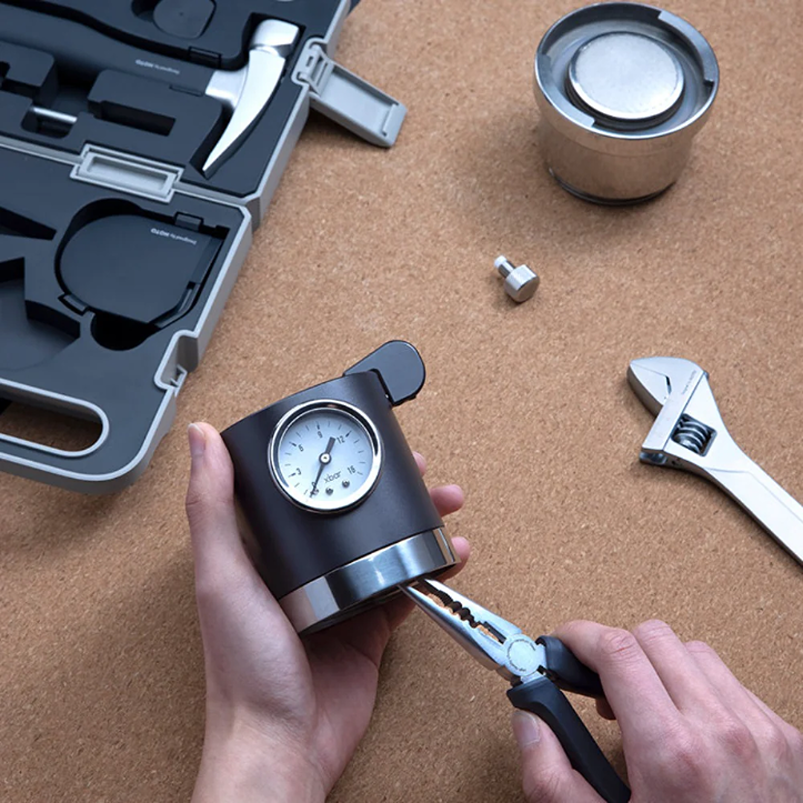
.Getting jobs done around the house is easier with the right tools. A simple, quality tool kit saves time, money, and keeps things stress-free. Below you’ll find all the essential pieces every affordable basic tool kit should include.
- A claw hammer helps drive nails into wood and remove them with ease. Look for a hammer with a comfortable grip and a solid head. Fifteen or sixteen ounces is a good weight for most home tasks.
- A multi-bit screwdriver allows you to swap between flathead and Phillips bits, which covers most screws in furniture and appliances. Choose a strong handle and bits that grip screws firmly. Magnetised tips help when working in tight spots.
- An adjustable spanner (or wrench) handles nuts and bolts of different sizes. It’s more flexible than having a bunch of fixed-size spanners. Check for a smooth adjustment mechanism. Handy for assembling furniture and tightening plumbing fixtures.
- A measuring tape helps with hanging pictures, cutting materials, and making sure things fit just right. Choose one that’s at least five metres long, easy to lock in place, and readable in metric and imperial units. A thumb lock is a useful feature for one-handed measurement.
- Combination pliers offer grip, twist, bend, and cutting functions in one tool. Use them for pulling nails, holding wires, or twisting metal. Quality pliers have insulated handles and strong jaws that keep their grip.
- A sharp utility knife handles unpacking boxes, trimming carpet, and scoring materials. Look for one with a retractable blade and replaceable refills. It should feel steady in your hand and cut cleanly. Keep spare blades in your kit.
- A spirit level prevents crooked shelves and frames. Basic models are compact and light yet accurate. Choose one that’s at least 23cm for most home jobs. Some have magnets or hanging holes for easier use in awkward spaces.
- A Hex Key (Allen Key) Set is useful for flat-pack furniture and fixing bikes. Get one that uses both metric and imperial measurements, in a holder so you don’t misplace sizes.
- Needle-nose pliers reach into small spaces where regular pliers can’t. They’re good for jewellery repairs, electronics, or gripping fine items. A strong, narrow tip makes precise work simple and prevents damage to items.
- A simple but tough case keeps your tools tidy and ready to go. Shelving or trays help organise parts, and a sturdy latch prevents spills. Find with an easy-grip handle, that won’t break under weight.
Where to Recycle Unwanted Tools
Get your community involved, to set up a Terracycle Tool Recycling Program, to get all unwanted tools out of your town forever, to make into other things.
Sponsored by industry, this program is free. Just find a place to put the box, then when it’s full, order collection.
Fixits: Heat-Activated Smart Mending Sticks

Fixits (also sold at Buy Me Once) are innovative heat-activated sticks made from nontoxic bioplastics that bond around small fibres, which melt in water, then harden when cool to mechanically bond to form a strong grip.
Ideal to mend tire punctures, broken wheel spokes, broken straps to cables, the reusable glue dots (also made from compostable bio-plastic) stick to non-porous surfaces (wood, metal, plastic, concrete, tiles, glass).
After removal, wash with warm soapy water, dry and use again. Avoid on painted/wallpapered surfaces.
Keep FixIt sticks away from children and pets. Do not use on electrical cables above 24 volts, nor where temperature will cause them to soften again (exposing live wiring).
Do not repair consumer electronics, when connected to a live electricity supply.
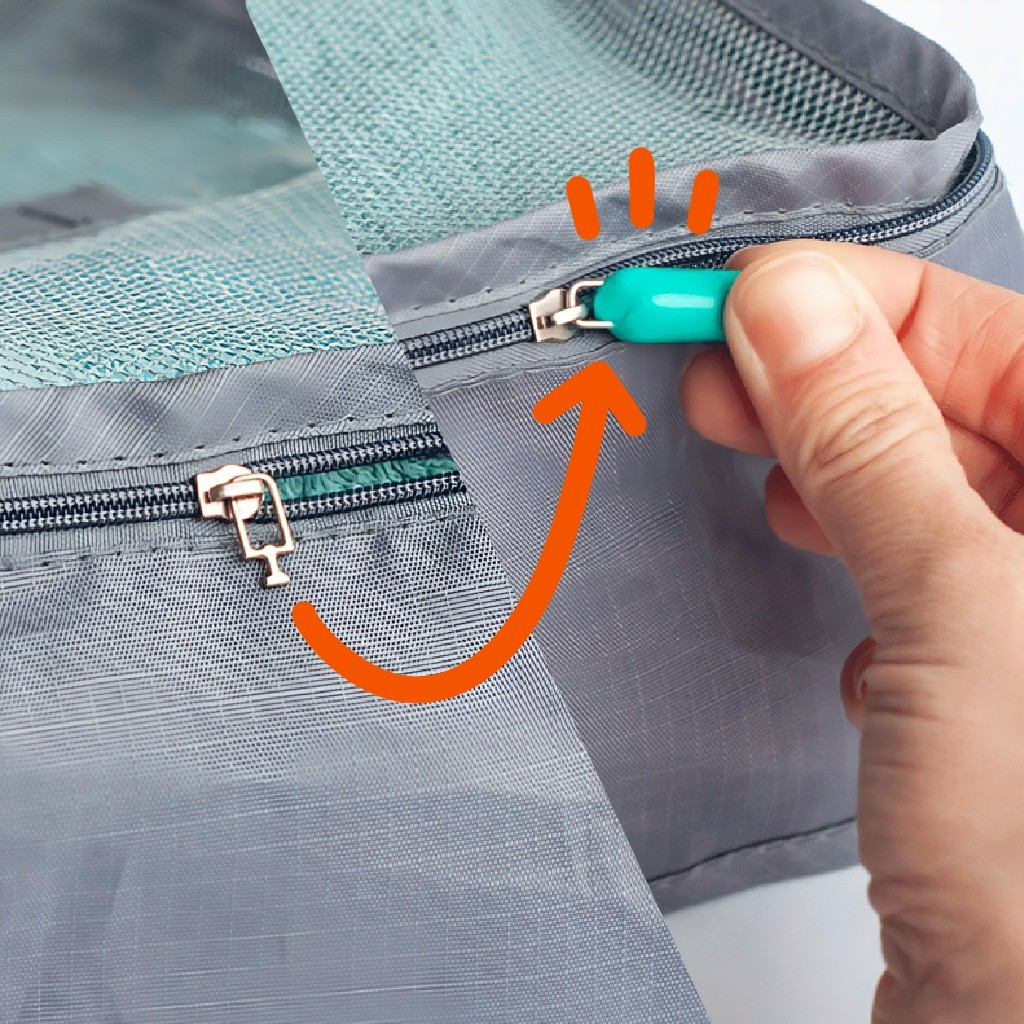
Instant Fabric Repairs Anywhere
Heat-activated mending sticks work fast on most common fabrics. Just place the stick on the damage, cover with a piece of baking paper or pressing cloth, and apply a hot iron.
The heat melts the stick, bonding patch and fabric together. You can even trim away extra once it cools for a neat finish.
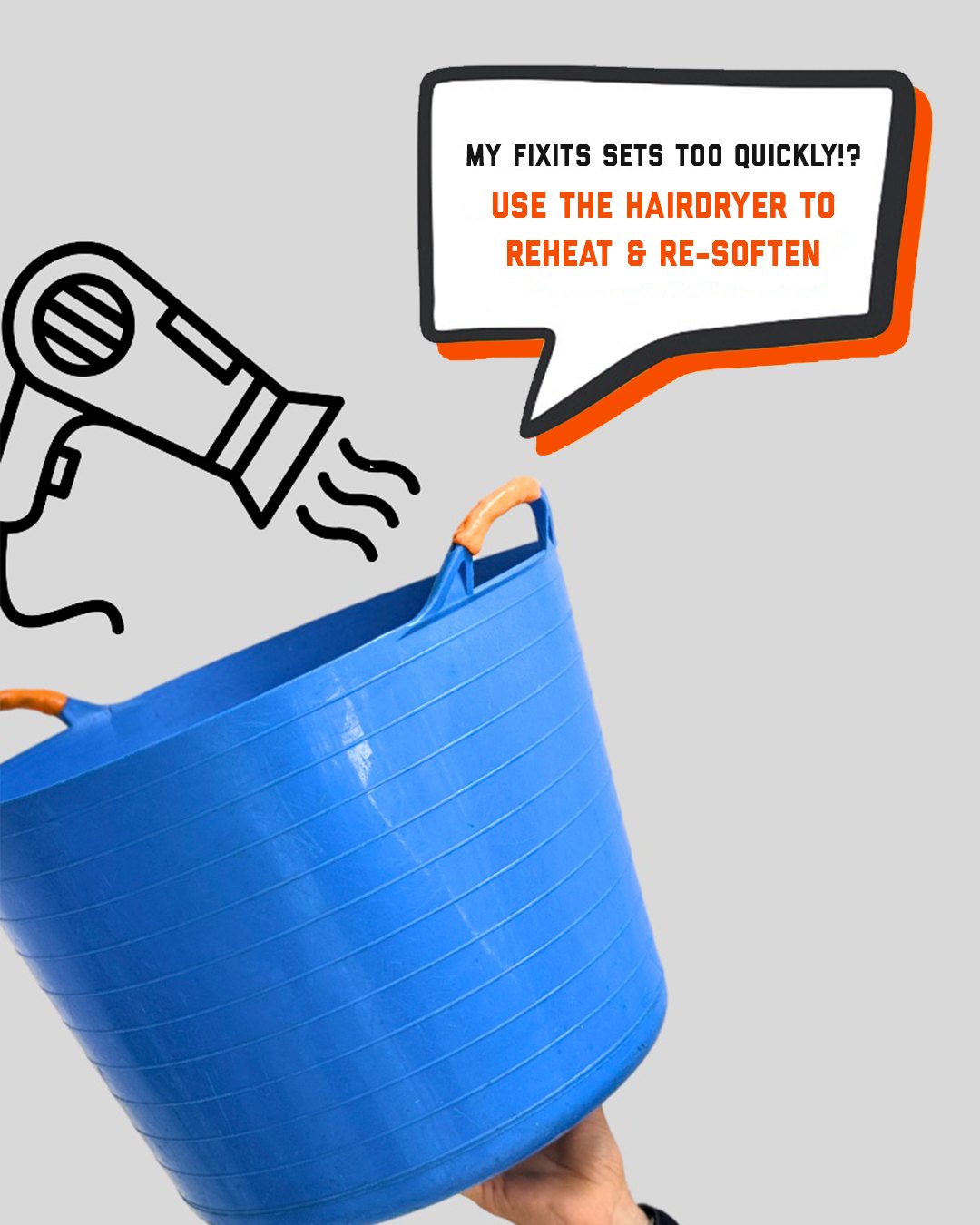
Forget sticky liquid glue or time-consuming thread repairs. Heat-activated mending sticks don’t drip, stick to your hands, or leave stains.
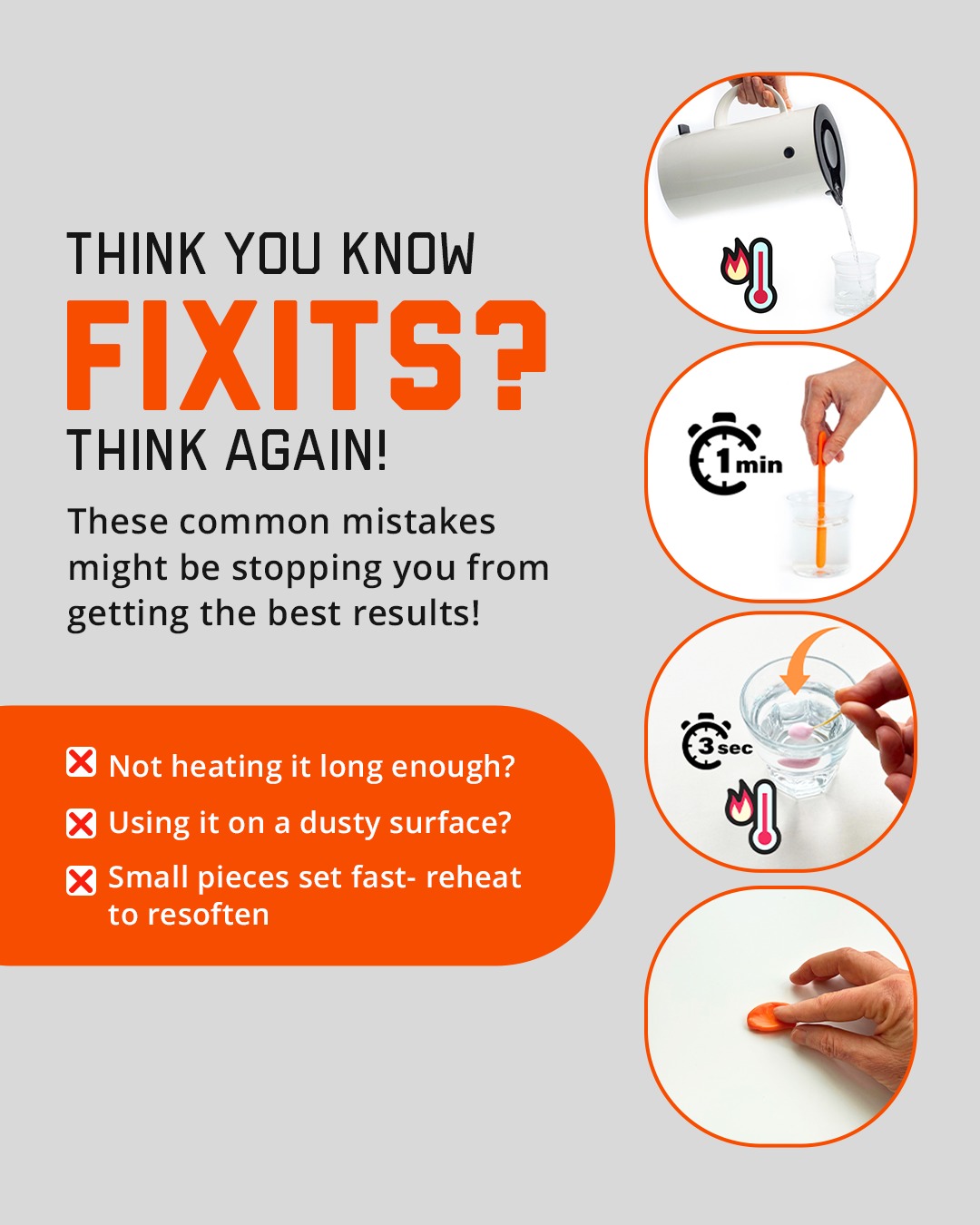
A single mending stick lasts for many repairs. Compared to buying new clothes or visiting a tailor, these sticks save money.
Fixits Reusable Tape
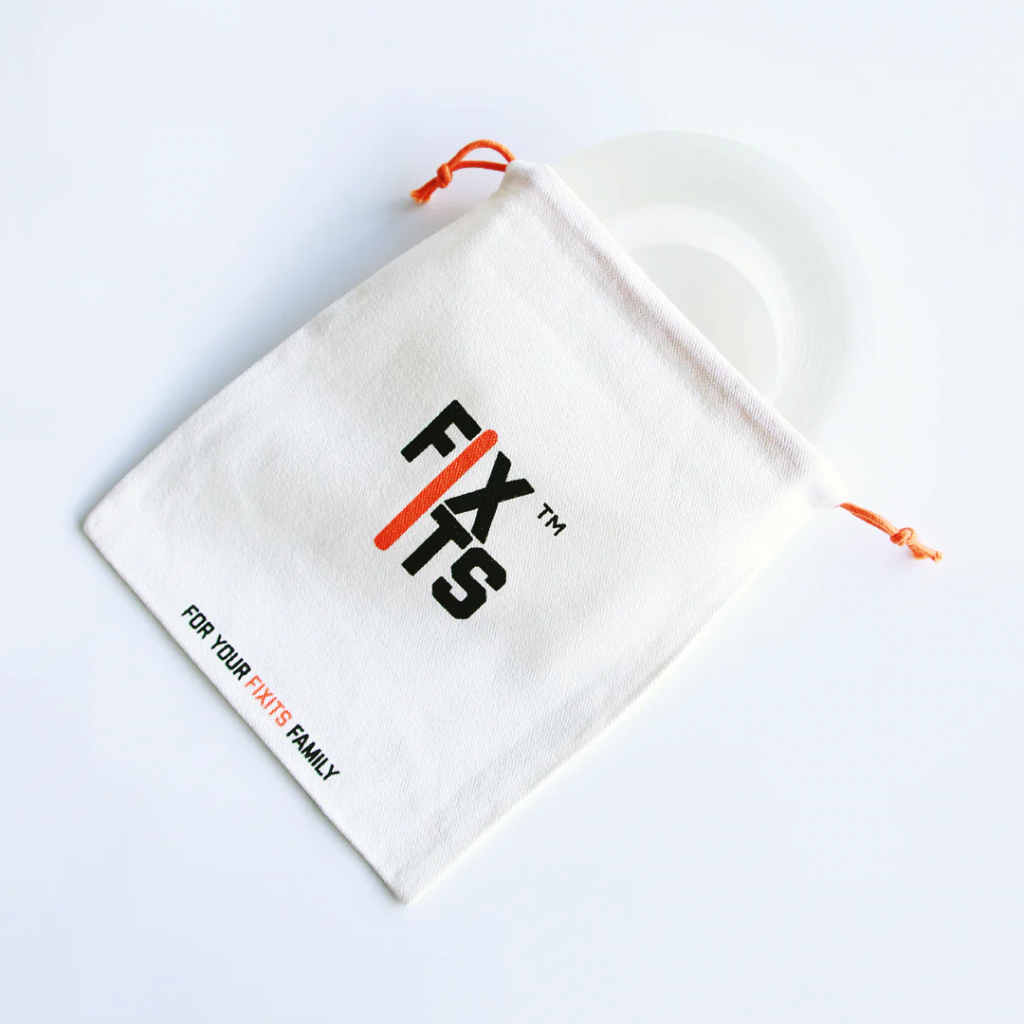
You can use the reusable tape to stick cables under your desk, mount objects on walls, or keep rugs and tablecloths in place. It’s super-strong and endlessly useful.
Ensure surfaces are clean and dry before use. Do not use on porous materials (test in a discreet area first).
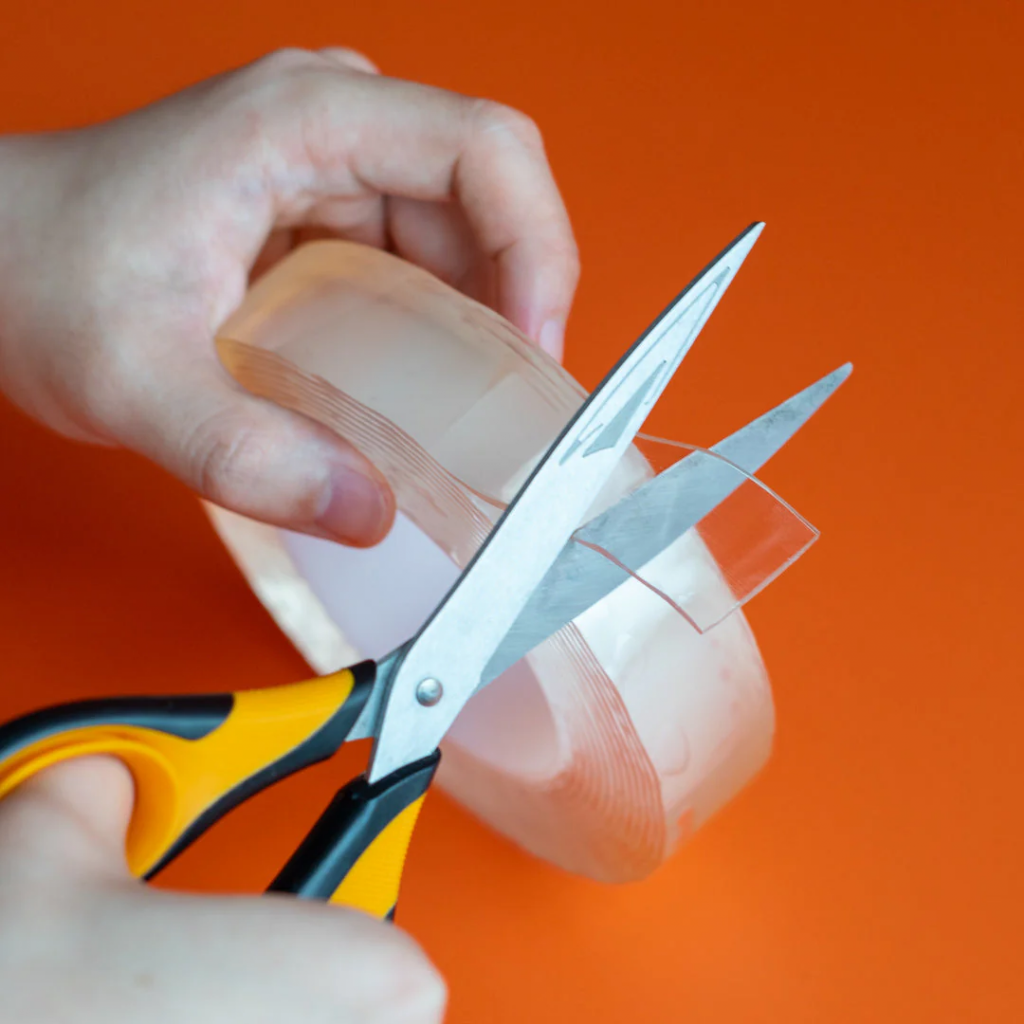
It sticks to smooth surfaces, then peels off without a trace. Includes a bamboo pouch for easy storage.
Where to Find Zero Waste Vegan Glue

Animal collagen is still used in some glues, so look for versions made from tree sap and natural rubber. Conventional glues don’t biodegrade (eco protestors were recently criticised, when they stuck themselves to the road with superglue).
Keep all glue (even natural versions) away from children and pets (MDI-based and Gorilla glues can be fatal if ingested).
One dog almost died after chewing a ‘glossy leaflet’ (made with glue), so use a letterbox guard to help prevent accidents.
OkoNorm Eco Paper Glue is made from starch-based plant-based ingredients. It’s water-soluble and good for paper, cardboard and fibrous materials. Odourless and transparent.
For DIY jobs, Auro makes adhesive from latex milk and natural resins to bond bond lino, cork, textiles, carpet and ceramic tiles. Apply with the spatula, or use to glue carpet backing.
Wash tools after use, and dispose of according to instructions. Not for wet room floors (kitchens, bathrooms).
Where to Recycle Unwanted & Used Glue
TerraCycle runs a program where for around £100 (everyone can pitch in), your community can drop off empty/unused craft glues and packaging, to send off using the pre-paid shipping label to be made into other items.
It’s a one-off amnesty to get rid of toxic glue sticks in your town. Although some of their recycling programs are free (sponsored by industry) this one isn’t, so the charge covers the cost of recycling ‘items that can’t be recycled’.
A Book to Repair (almost) Anything

How to Repair Everything is a good book that has an extensive table of contents – just look up what you need to repair – from sticky doors to broken straps, leaky washing machines and broken shoe heels.
This book is UK-written, so some safety info may differ (voltage etc).
Things you can repair with this book include:
- A hole in your shoe
- A broken heel
- Shrunken clothes
- Torn clothes
- Ladders in hosiery
- Holes in jeans
- Broken zips
- Broken umbrellas
- Broken watch straps
- Scratched watch face
- Scratched sunglasses
- Faulty vinyl records
- Broken computer keys
- Leaking washing machines
- Noisy washing machines
- Doors that won’t open
- Leaking refrigerator
- Broken plates & cup handles
- Battered chopping boards
- Rusty baking dishes
- Creaky floorboards
- Loose door hinges & doorknobs
- Damaged wall plaster
- Non-flushing toilets
- Dripping & stuck taps
- Trickling or leaking showers
- Cracked bathroom tiles
- Broken plant pots
Safe & Sound is a wonderful unique book, to help you make 50 simple repairs like fixing loose/broken doorknobs, fixing clogged sinks, safely hanging things on walls, patching holes in walls and repairing sliding doors.
Beginner DIY Courses in London
The Goodlife Centre (near Waterloo) offers ‘DIY courses for the terrified’, popular (and often taught by) women. Their popular ‘DIY in a Day’ short courses offer help on learning more on drills, plumbing, electrics, painting and tool sharpening.
The one-day Tiling Course (under £100, also available online) will have you sizing up, choosing and applying tiles. Not only will this mean you can tile your own kitchens and bathrooms for life, but you could earn money, doing the same family, friends or people in your local community.
What Exactly Is the Right to Repair Act?

The 2021 Right to Repair Act was designed to force companies that make washing machines, fridge/freezers, dishwashers and televisions to make repair information and spare parts available, to stop 300,000 tons of electrical waste being thrown out by households and business each year.
Before this, many companies glued parts in, so you couldn’t repair them.
But this law excludes phones and laptops. And other companies try to get around the law, by offering expensive repair kits. It helps to buy a more sustainable smartphone (designed to last years, with repair services as standard).
In Norway, a one-man repair shop lost a 3-year battle with Apple (despite local people funding his court bills) after he repaired their goods ‘without permission’ nor using official parts.
The new UK law still lets makers charge for spare parts (and has not removed VAT for professional repairs). So in many cases, it still costs more to repair goods than to buy new (which many people cannot afford).
The new law also bans some volunteer-run repair cafes (below) from access to professional repair manuals. And all this in a country that produces more e-waste per person in the world, bar Norway.
Recently Apple signed up to the California Right to Repair Act. But reviewers note the new iPhone only has four components that can be replaced without impacting function. iFixit found iPhone 15 ‘riddled with software locks’, if parts were not replaced with Apple-purchased parts.
I was given a kettle, which now leaks. I could mend it. If only I could tighten the base. But one of the screws has a star-shaped slot with a spike in the middle, which is designed to prevent repairs, as no available tool will fit it.
So I will throw it away, and help to build an earthly paradise, by buying a new one. George Monbiot
How to Start Your Own Repair Café

The Repair Revolution is an inspiring read by a woman who set up a New York repair café that fixes lamps to cleaners, clocks to chairs, clothing to dolls and even sharpens tools.
Their website says ‘Most items get fixed – but even when they don’t, we have a good time trying!’
Although you should throw out dodgy Christmas lights etc, repair cafes are great to mend most items. Some staff are paid (a good honest way to make a living) and others are run by volunteers.
- Find a low-cost starter kit at Repair Cafe International.
- Use the unique code to order a Repair Café toolkit and find tips to repair clocks to furniture.
- In London, The Restart Project runs ‘repair parties’ (fixes tablets to toasters and iPhones to headphones).
- Lewes Repair Cafe has volunteers who can mend zips to bicycles, broken china to garden tools. You even get tea and cake!
- If you’re skilled in DIY, sign up at Restarters to get involved in the worldwide effort.
Affordable Help for Small Household Jobs

If you can’t do DIY yourself, it’s good to find trustworthy local people, who can fix things at an affordable rate. Always check reviews of recent jobs:
You can usually find people to do the following:
- Furniture assembly (flat-pack nightmares solved)
- Gardening (ensure it’s pet-friendly and wildlife-friendly)
- Cleaning (choose biodegradable cleaning brands)
- Minor repairs (fixing shelves, mending fences)
- Moving help (lifting boxes, shifting furniture inside homes)
- Rubbish removal (small clear-outs or tip runs)
- Gutter cleaning (saving you a climb up the ladder)
- Nextdoor is like a local Facebook, where you can set a boundary and then local people can post online (from lost pets to DIY jobs to litter clean-ups).
- TimeBanks are run by communities. Each person gives an hour of time to offer a skill or service (such as DIY). Then you can ‘buy’ other services with the hours earned.
Age UK offers a handyman service, just enter your postcode to find trustworthy affordable people to help with:
- Putting up curtain rails, shelves & pictures
- Fixing smoke & carbon dioxide alarms
- Fixing grab rails
- Fixing door/window locks & chains/viewers
- Installing radiator boosters & draught excluders
- Installing energy-efficient lightbulbs.
Adapt My Home is an online free self-assessment tool. If you qualify, you may be eligible for grants to help with:
- Ramps, stairlifts & floor lifts
- Ceiling track hoists & wider doors
- Walk-in showers & accessible toilets
- Accessible kitchen facilities & lower tables
- Improved heating & accessible controls
- Safety features & security lights






